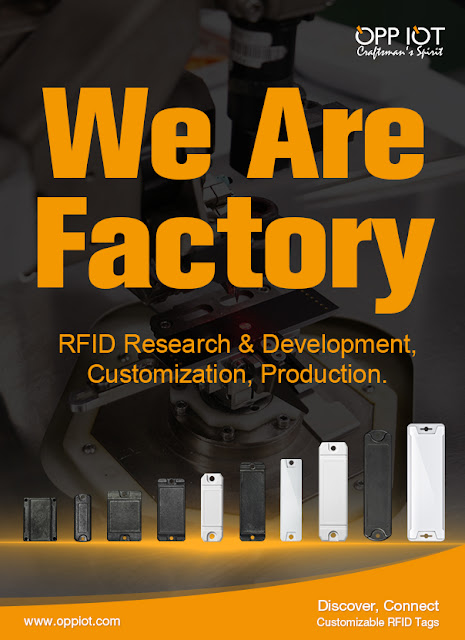RFID (Radio Frequency Identification) technology has a wide range of applications in manufacturing, offering several benefits that enhance efficiency, accuracy, and visibility across the production process.
Here are some key uses and advantages of RFID in manufacturing:
Applications of RFID in Manufacturing
1.Inventory Management:
- Automated Tracking: RFID tags can automatically track raw materials, work-in-progress items, and finished goods, providing real-time inventory visibility.
- Stock Level Monitoring: Helps in maintaining optimal stock levels by alerting when reordering is necessary.
2.Asset Management:
- Tool Tracking: Ensures that tools and equipment are available and properly maintained.
- Asset Utilization: Monitors the usage and location of assets, reducing downtime and improving productivity.
3.Production Control:
- Process Monitoring: Tracks each stage of the production process, ensuring that operations are performed correctly and on schedule.
- Quality Control: Ensures that each product meets quality standards by providing detailed tracking of manufacturing steps and materials used.
4.Supply Chain Management:
- Shipment Tracking: Provides visibility into the location and status of shipments throughout the supply chain.
- Traceability: Improves traceability of parts and materials, facilitating recalls and compliance with regulatory requirements.
5.Work-in-Progress (WIP) Tracking:
- Real-time Updates: Provides real-time updates on the status of items in production, enabling better scheduling and workflow management.
- Bottleneck Identification: Identifies and addresses bottlenecks in the production process.
6.Employee Management:
- Access Control: Controls access to sensitive areas of the manufacturing facility.
- Time and Attendance: Automates the tracking of employee time and attendance.
Benefits of RFID in Manufacturing
1.Increased Efficiency:
- Reduces manual data entry and errors.
- Speeds up the process of locating items and tools.
2.Enhanced Accuracy:
- Provides accurate and real-time data on inventory and production status.
- Reduces discrepancies and improves audit trails.
3.Improved Visibility:
- Offers end-to-end visibility of the production process and supply chain.
- Helps in making informed decisions based on real-time data.
4.Cost Savings:
- Reduces labor costs by automating tracking and data collection.
- Minimizes losses due to theft, misplacement, and overstocking.
5.Better Quality Control:
- Ensures that products meet quality standards through detailed tracking and monitoring.
- Facilitates root cause analysis in case of defects.
Implementation Considerations
1.Tag Selection:
- Choose the right type of RFID tag (passive, active, or semi-passive) based on the application requirements.
- Consider environmental factors such as temperature, moisture, and interference.
2.Reader Placement:
- Strategically place RFID readers to ensure optimal coverage and data capture.
- Ensure that readers are compatible with the selected tags.
3.Integration with Existing Systems:
- Integrate RFID technology with existing ERP, WMS, and MES systems for seamless data flow.
- Ensure that software solutions can handle the data generated by RFID systems.
4.Data Management:
- Implement robust data management practices to handle the large volume of data generated by RFID.
- Ensure data security and privacy.
5.Training and Support:
- Provide training to employees on the use and benefits of RFID technology.
- Ensure ongoing support and maintenance of the RFID system.
By implementing RFID technology, manufacturers can significantly enhance their operations, leading to increased productivity, reduced costs, and improved product quality.

No comments:
Post a Comment